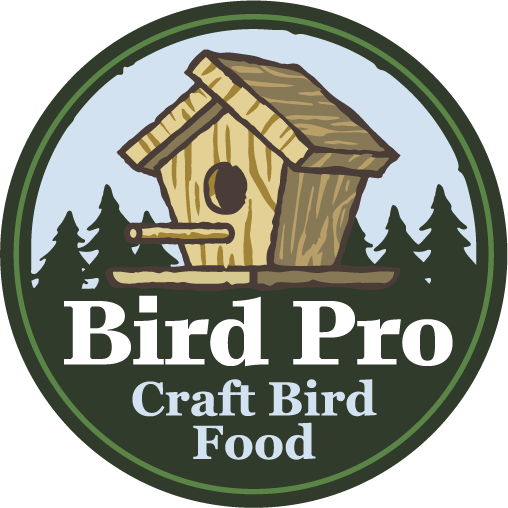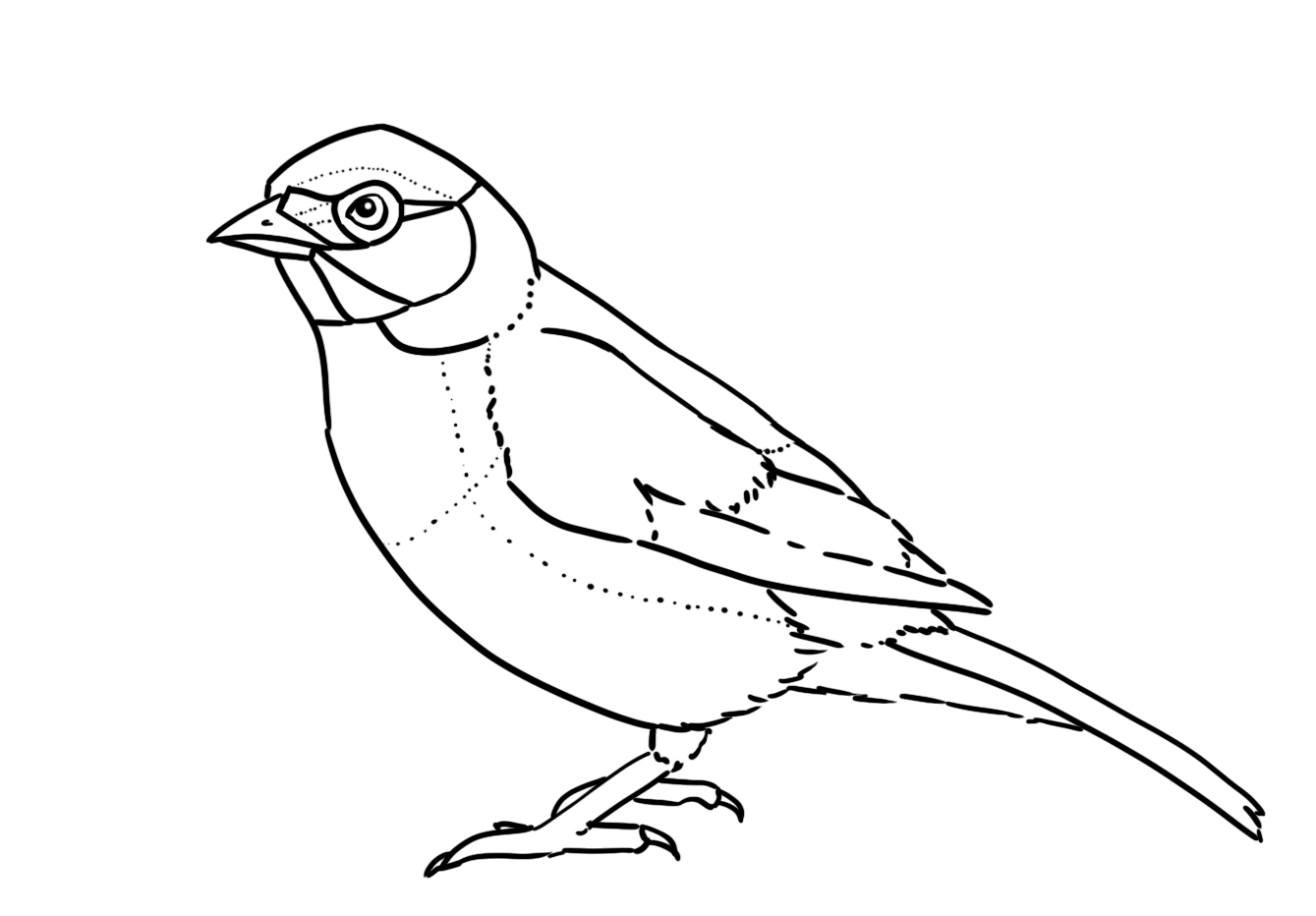Bird Topology Basics
Even if equipped with a field guide or two, learning the names of the various parts of a bird can take some time for new birders. In this post, I give you a tour of basic bird topology from bill to tail and show examples of the most commonly described feather patches when identifying birds in the field.
BREAST
Let’s start with some of the largest areas. On the underside or front of the bird is its breast. For example, Northern Flickers have a bold, black bib across their breast. On either side of the breast are its sides, such as the chestnut-colored marks on the white underside of a male Chestnut-sided Warbler. In some positions, the sides are often hidden underneath the wing when at rest. Below the breast is the belly, like the buffy belly of the Carolina Chickadee. On either side of the belly are the flanks of the bird, which are also often hidden to some degree depending on the posture of the wing. These areas often have large patterns such as solid colors, spotting, streaking, or barring.
NAPE
Directly behind the bird’s head is its nape. This is a word describing the back of the neck, which is also used to describe human bodies. On a House Sparrow, the nape is chestnut. The middle and upper back of a bird is referred to as its mantle but is often just called its back. For example, the mantle of a Golden-crowned Kinglet is olive in color. Below that is the bird’s rump. On either side of the bird are its wings, perhaps the most well-known feature of a bird’s body. Wings often have important field marks like wing bars or patches. On ducks, a special wing patch called the speculum is usually brightly colored in both males and females and can often help differentiate between different species.
TAIL
Another well-known part of a bird is its tail. Some birds have shorter or longer tails. Some have special long feathers, and some have broad tails that look like a fan in flight. The patch of feathers covering the base of the tail from above is called the uppertail coverts. Similarly, the patch of feathers covering the base of the tail from below is called the undertail coverts. In an American Goldfinch, both the upper- and undertail coverts are white, on a black tail.
LEGS
Supporting a bird on the ground and in the branches of trees are a bird’s legs. Depending on the bird and its position, the thigh may or may not be visible. Using the American Goldfinch as an example again, the thigh is white, while the rest of the leg is pink.
HEAD
A bird’s head is often where many field marks can be distinguished. The bill, where the bird eats, often can give you clues on what kind of food a bird eats based on its size and shape. A long, thin bill like a hummingbird’s is used to slurp up nectar like a straw, whereas a sturdy, cone-shaped bill like a cardinal’s is used to break the tough shells of seeds. Below the bill is a patch of feathers called its throat. On either side of the throat are the bird’s mustache or malar region. This mark on a bird’s face is not always seen but is important for identifying birds such as the Northern Flicker from earlier. The areas above the malar region and behind the eyes are a bird’s cheeks or auriculars, and can often be a distinct color, as is gray in the House Sparrow from above.
CROWN
The top of a bird’s head is called the crown. Some birds like Blue Jays, Northern Cardinals, or Wood Ducks have prominent or decorative feathers on the crown that can stand up called a crest. Below the crown on either side are the eyebrows or supeciliums. These eyebrows are often more easily seen if the bird has a contrasting eye-line, a patch of feathers than can run from the sides of the bill, through the eye, and to the space where the crown and the nape meet. This is true of the Blue Jay, who has a thin black eye-line and a white eyebrow above. However, on birds like the White-browed Robin-Chat, the white eyebrow defines itself against the surrounding black feathers. Some birds have a mark called a lore, which is a patch of feathers in front of the eye, behind the bill. On the face of the Yellow-headed Blackbird, the lore is black. Another distinctive facial feature might be an eye-ring, a contrasting color around the bird’s eyes. An example of an eye-ring is that of a Warbling White-eye, which is bold white. And while many birds have dark-colored irises, some birds have easily identifiable iris colors like the red eyes of the Red-eyed Vireo, or the bright yellow eyes of the Least Grebe.
YOUR TURN
How would you describe the plumage of your favorite bird? How would you describe it to someone who has never birded before? What was something new you learned from this post? Send us your comments through our contact page and keep up with us on Facebook for new birding tips!

